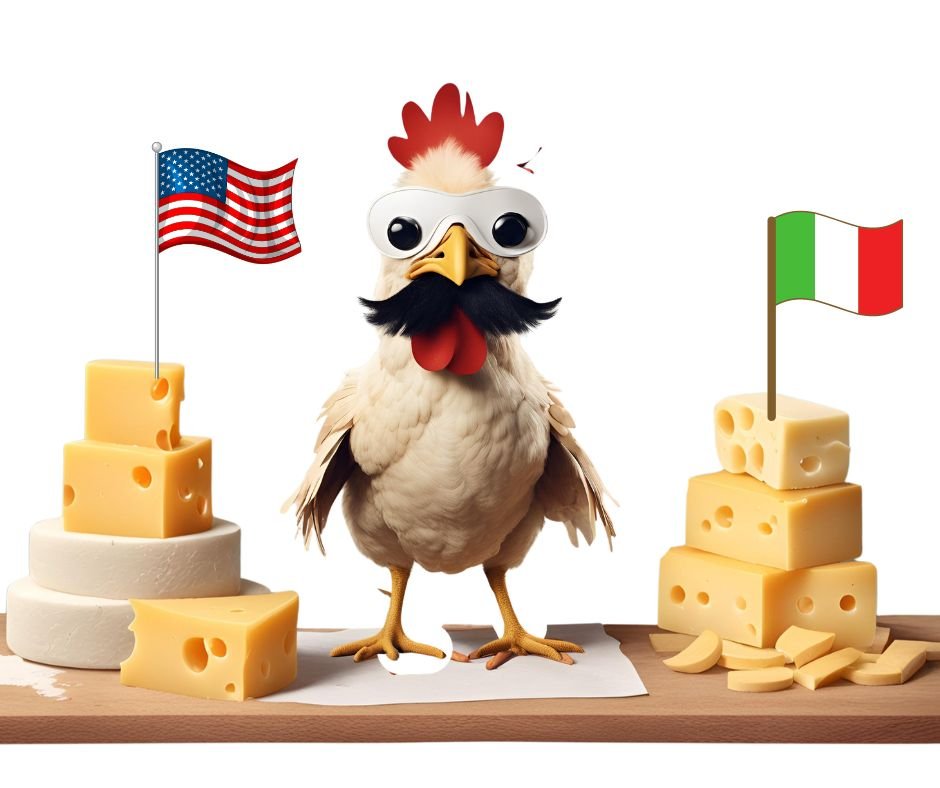The Unspeakable Travesty of Chicken Parmesan
The process by which an entirely American dish has been falsely portrayed as a traditional authentic Italian delicacy is challenging to determine.
Supposedly, It was the word Pramesan that made this possible in the first place.
Chicken Parmesan may sound like it belongs in Nonna's kitchen, but in reality, it's as Italian as gelato in Alaska. Here's why it's not on the list of true-blue Italian delicacies:
1. **Origin**: Chicken Parmesan is believed to have originated in the United States, specifically within Italian immigrant communities. It is thought to be a variation of the Italian dish Melanzane alla Parmigiana, which features breaded and fried eggplant slices layered with tomato sauce, cheese, and herbs. The substitution of chicken for eggplant is a departure from the original dish.
2. **Ingredients**: Traditional Italian cuisine tends to focus on simple, fresh ingredients and flavors. Chicken Parmesan typically involves coating chicken cutlets in breadcrumbs, frying them, topping them with tomato sauce and melted cheese, then baking or broiling them until the cheese is melted and bubbly. This combination of ingredients is not a common preparation in Italy.
3. **Presentation**: In Italy, the emphasis is often on showcasing the natural flavors of the ingredients rather than heavily breaded and fried preparations like Chicken Parmesan. Italian cuisine tends to be more diverse and regionally influenced, with a focus on seasonal and local ingredients.
4. **Naming**: In Italy, dishes are often named after the region they come from or the key ingredients used in the recipe. The name "Chicken Parmesan" does not have any direct translation in Italian and is not a term commonly used in Italian culinary traditions.
While Chicken Parmesan may not be considered authentically Italian, it has become a beloved and iconic dish in Italian-American cuisine, enjoyed by many around the world. The fusion of Italian and American culinary influences has given rise to new and innovative dishes that reflect the diversity and creativity of the culinary landscape.




You’ve known this all along - the starting point of any authentic cuisine is definitely not the look.